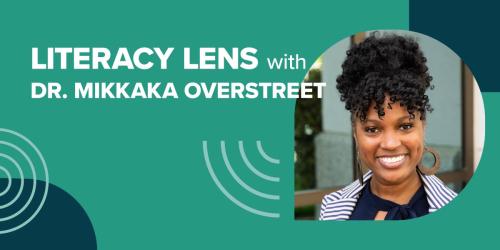Argument Writing as Dialogue in the Common Core

Four years ago, when I taught first-year composition at Portland Community College, I remember working hard to focus my class on topics I felt would interest my students: how experts achieve excellence in their chosen fields, for example, and how to balance work, school, and personal life. My students read and discussed popular magazine and newspaper articles on these topics, analyzing the ideas and evidence contained in them and then formulating and supporting their own claims.
I remember one female student, recently out of high school, who found me after class to discuss a concern.
“This isn’t a writing class!” she said, pointing to my syllabus.
“It isn’t?” I asked, surprised. “Why not?”
“Because we’re doing all this reading.”
As we talked, it became clear that her writing background as a student focused on expressing her ideas: her life experiences, her views, etc. She did not yet recognize that academic writing typically requires reading or listening and then responding to the ideas of others.
This is something the authors of the Common Core State Standards (CCSS) tackle head on. It is what I appreciate most about all of the rigorous college- and career-readiness standards states are using: the emphasis on evaluating and making arguments in writing—often in response to complex texts.
This focus on argumentation reflects the fact that most of the high-stakes writing we do—in academia or a democracy—represents a conversation, not a monologue. Our positions are usually strengthened when placed against others. To take a stand, we don’t write in a vacuum; we must first understand the positions placed in front of us. Whether we’re preparing to vote or comparison shop for an expensive product, we must know how to distinguish strong from weak evidence and reasoning. Whether we’re writing a college essay or a cover letter, we must know how to use these tools effectively.
To develop students’ skills in writing arguments in response to texts, secondary teachers are encouraged to ask (or have their students generate) text-dependent questions. Unfortunately, overuse of the phrase “text-dependent questions” in educational circles makes it sound like a gimmick, but text-dependent questions are a powerful tool for generating the raw material for a written argument. Text-dependent questions are answered solely through reference to what the text says or implies, without information from outside the text. For example, students can examine how shifts in the direction of an argument or explanation are achieved, and the impact of those shifts. These questions encourage students to analyze what an author is and is not saying—to “read like a detective,” to borrow another CCSS-worn phrase. But, underlying this is an undeniable truth: We’re right to insist our students learn to struggle more with their assigned readings.
Just as important, the CCSS ask students to read and write about complex topics and texts: “What is freedom of speech, and when should it be limited?” for example, or “How could we let the Holocaust happen?” These standards are clear on the need to raise the level of thinking in our classrooms, particularly by allowing students to struggle with difficult readings and assignments.
One of the challenges for teachers is helping our students see themselves as worthy of wrestling with important ideas, and with texts written by major writers such as Martin Luther King, Jr. How can we build their confidence to dissect major ideas in history, politics, and science? This work requires teaching students that these texts and ideas were created for them, not for their teachers to assign. They are worthy. Ideally, it means bringing students to the library (electronic or otherwise) and showing them that much of the information and inspiration they need to achieve their dreams is contained there. Finally, it demands teaching students that they have a right to agree, disagree, or both—but that worthy responses are rarely black and white and take time and effort to pin down.
This kind of teaching isn’t passive, like watching TV. It’s active and challenging, which is why text-dependent questions and close reading are so important. At the same time, we need fewer teacher-led class discussions that do the hard work for students and more of… something else.
To evaluate and write academic arguments, students need to know “the moves,” as Graff and Birkenstein write in They Say/I Say, a college-level book on argument that high school teachers should read. To “demystify academic writing,” say the authors, our teachers need to guide students into these conversations about complex ideas. Together with their students, they must study academic arguments, demonstrating and providing opportunities for students to practice structuring them. Intensive study of high-quality writing—breaking it down and imitating its structure, paragraph by paragraph, even sentence by sentence—helps students internalize those “moves.” When used with a variety of models, close reading, text-dependent questions, and other scaffolds help students understand how to make their own arguments.
Writing instruction shouldn’t be neglected any longer in secondary schools. On the most recent National Assessment of Educational Progress, only 24 percent of students in grades 8 and 12 scored at or above proficient level, lower than our students’ performance in reading and mathematics. With standards such as the Common Core raising expectations, it seems possible that writing may get as much attention as reading and mathematics.



